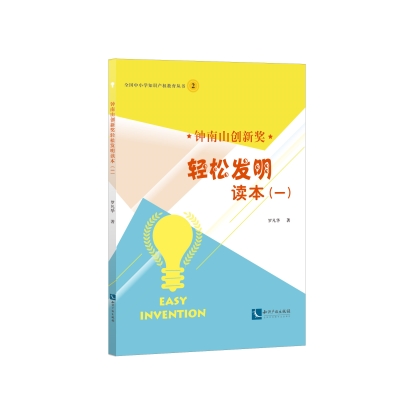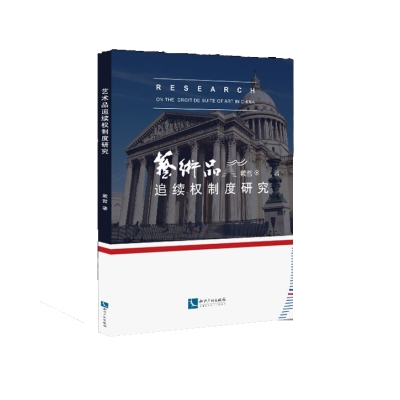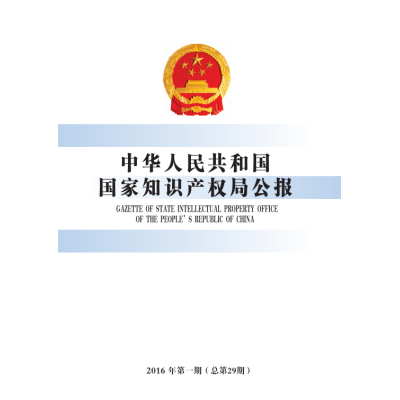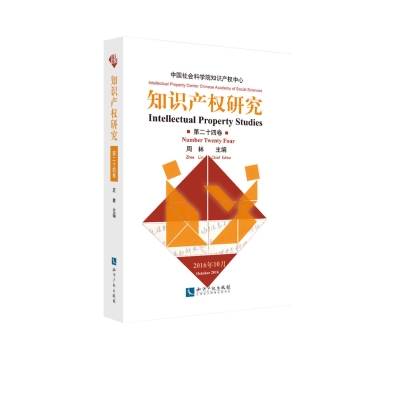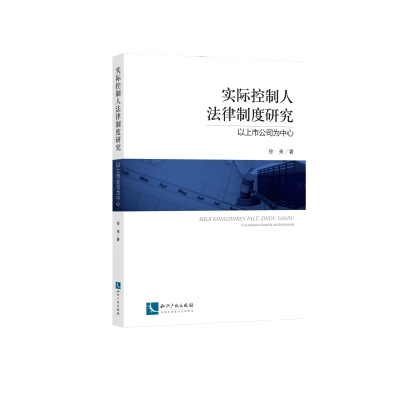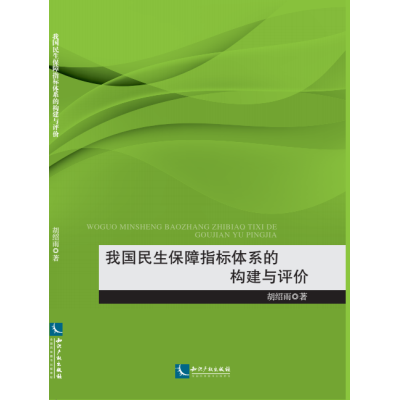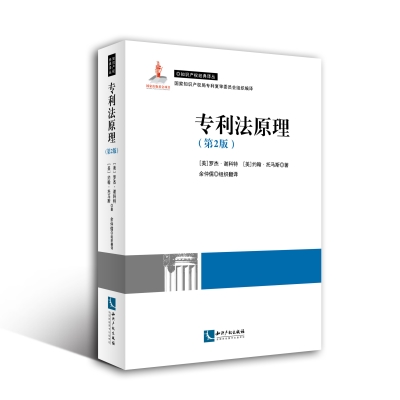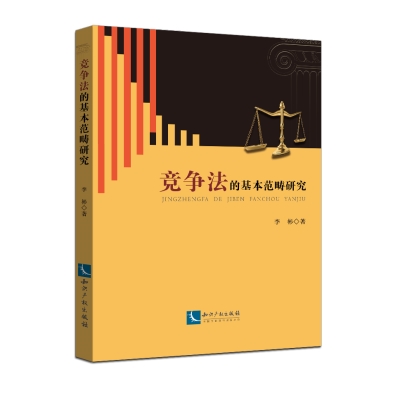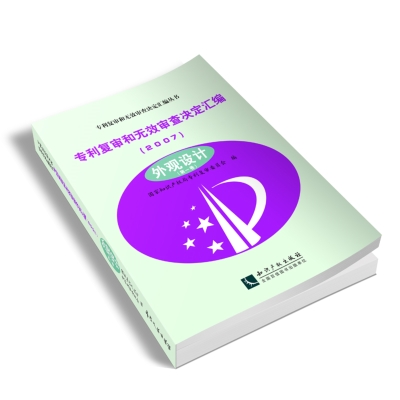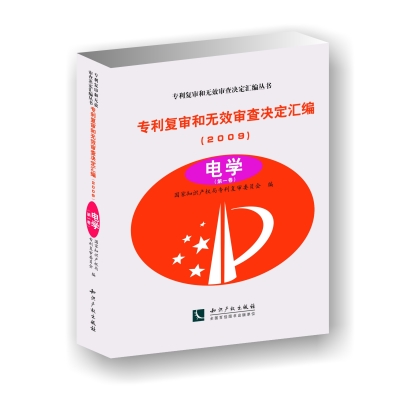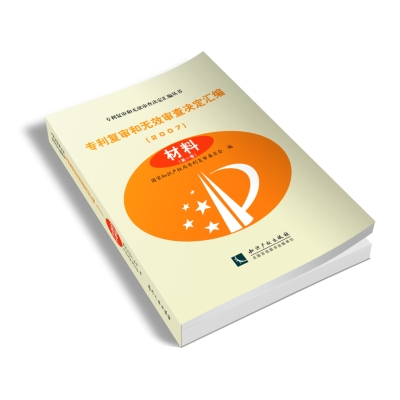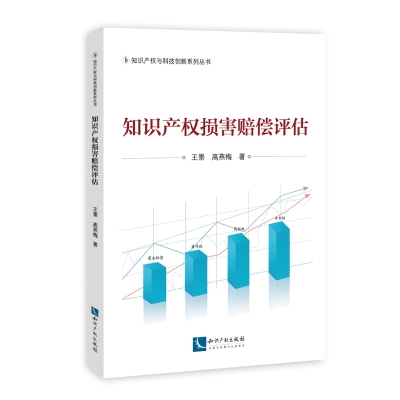作者简介
赵明学, 男, 汉族, 1982年1月毕业于黑龙江大学英语系英语语言文学专业,获硕士学位;教授职称,外国语言学与应用语言学硕士学位研究生指导教师。
赵明学老师长期以来一直从事英语教学工作,有25年高校教龄,曾先后在哈尔滨工业大学、苏州城建环保学院、中国矿业大学(北京)任教;教学经验丰富,教学成果突出,2次获得省部级教学成果奖。赵明学教授自1996年开始指导硕士学位研究生,主要从事应用语言学,包括语用学、语篇分析、句法学,以及英语教学等领域的研究。他热爱教学工作,工作勤奋、治学严谨,长于探究。近年来有多篇文章发表。在早期的成果中,还有多本教材出版和十余篇论文发表。此外,赵明学教授还于1988年在中国驻美国休斯敦总领事馆教育处工作,1994年去加拿大进行学术访问,1997年到英国参加学术会议,1998年到美国、加拿大以及加勒比海地区进行文化交流,2004年去澳大利亚、新西兰和香港考察,2008年前往英国、瑞典、挪威和芬兰学习考察。
杨晓华,中国矿业大学(北京),1978-,女,讲师,研究方向:语言学及英语语言教学。从事本科英语教学十年,负责讲授本校英语专业本科能源英语课程及讲义的编写。
参加过的科研课题有:
a. 大学英语课程体系开设专门用途英语课程的教学改革,J100802。
b. 2009年度中央高校青年基本科研业务基金(QW2009),本人为项目负责人
c. 基于专业内容的大学英语研讨式口语研究与实践(2009北京市教育科学规划课题);
d. 以专业为依托的大学英语口语教学实践研究(2008北京市教委教改项目);
发表论文近十篇。
周英莉,中国矿业大学(北京),1979-,女,讲师,研究方向:能源英语和跨文化交际。从事本科英语教学十年,负责讲授本校英语专业本科能源英语课程及讲义的编写。
近三年主要研究论文、专著及教材
1. An Action Research of the Chinese Context-Based Intercultural Teaching-----A Case Study of an Intercultural Exchange Project between American and Chinese College Students,2013.4 Intercultural Comunication Studies, ICS XXII (1)
2. Comparative Study of Employment Attitudes of Chinese and American College Students and Suggestion to China’s Employment Guidance System,2013.6,《现代教育研究》, 中华工商联合出版社
3. 中美大学生饮食文化差异的分析和解读,2012.5,《中央高校基本科研业务费项目研究成果学术交流会论文集2012年》
4. 对美国外语教学中网络跨文化交流项目的研究,2012.3《大家》(核心类)
5. 大学英语跨文化教学中对生产性双语现象的研究,2011.5《中央高校基本科研业务费项目研究成果学术交流会论文集2011年》
6. Transference of the Optimal Relevance (专著) 2011 Academic Press Corporation
7. 《蜗居》和《绝望的主妇》中透视出的中西婚姻模式,2010.7,《电影文学》核心类
8. 美国教育中的行为表现评估,2010.8,《教育理论与实践》(核心类)
9. 高校英语专业跨文化交际课程教学现状调查研究,2010.6,《中国外语教育》,第三卷,第二期
10. 《英语写作基础教程》,2013,北京师范大学出版社
内容简介
本书分为传统能源和新能源两部分。传统能源部分介绍了煤、石油、天然气、水能和核能。传统能源的大规模工业化利用历史较长,开采、加工、运输、储存和利用技术成熟。但传统能源中除水能外均是不可再生的,其中煤和石油已带来严重的环境污染。新能源部分介绍了太阳能、风能、生物能、地热能、海洋能和氢能。传统能源带来的能源危机和环境破坏使新能源备受关注,虽然在全球能源供给总量中的比例很小,但发展迅速度,尤其是太阳能和风能。编写此书是为了让学习者了解能源、关注能源、正确看待能源问题,在建立能源知识构架、掌握相关英语表达的同时,形成节能意识,爱护我们赖以生存的地球。
目录
Contents
1 Energy Introduction
1.1History of Energy Utilization
1.2Energy Demand
1.3Classification of Energy Sources
1.4Energy and Environment
1.4.1Global Warming
1.4.2Acid Rain
1.4.3Damage to the Ozone Layer
1.4.4Thermal Pollution
1.5Future of Conventional Energy Sources
2 Global Conventional Energy Scenario
2.1Global Conventional Energy Reserves
2.2Energy Production
2.3Energy Consumption
2.3.1Global Energy Consumption
2.3.2Energy Consumption in China
2.4Chinas Sustainable Development Strategy for Its Energy Sectors
3 Coal
3.1Formation of Coal
3.2Classification and Uses of Coal
3.3Coal Mining
3.3.1Surface Mining
3.3.2Underground Mining
3.4Delivery of Coal
3.5Storage of Coal
3.6Coalfired Electricity Generation
3.6.1Overview of Coalfired Electricity Generation
3.6.2Coalfired Electricity Generation Technologies
3.7Reserves of Coal
3.8Output and Consumption of Coal
3.9Environmental Impacts of Coal
3.9.1Threats from Coal Mining
3.9.2Threats from Coal Use
3.10Clean Coal Technology to Tackle Environmental Challenges
3.10.1Coal Cleaning
3.10.2Combustion Technologies
4 Petroleum
4.1Definition of Petroleum
4.2Formation of Petroleum
4.3Composition of Petroleum
4.4Petroleum Extraction
4.5Petroleum Refining and Its Products
4.6Petroleum Delivery
4.7Storage of Petroleum
4.8Uses of Petroleum
4.9Reserves of Petroleum
4.9.1Global Petroleum Reserves
4.9.2Distribution of Petroleum in China
4.10Output of Petroleum
4.11Consumption of Petroleum
4.12Environmental Impacts of Petroleum
5 Natural Gas
5.1Formation of Natural Gas
5.2Composition of Natural Gas
5.3Extraction of Natural Gas
5.4Processing of Natural Gas
5.5Delivery of Natural Gas
5.6Storage of Natural Gas
5.7Bottlenecks and Development in Chinas Natural Gas Industry
5.8Uses of Natural Gas
5.9Reserves of Natural Gas
5.10Output of Natural Gas
5.11Consumption of Natural Gas
5.12Environmental Impacts of Natural Gas
6 Hydro Energy
6.1Definition of Hydro Energy
6.2Classification of Hydropower Plants
6.3Site of Hydropower Plant
6.4Composition of Hydropower Plant
6.5Small Hydropower Project
6.6Reserves and Power Generation Capacity of Hydro Energy
Resources
6.6.1Global Hydro Energy Resources
6.6.2Hydro Energy Resources in China
6.6.3Hydropower Projects in China
6.7Multipurpose of Hydropower Project
6.8Environmental Impacts of Hydro Energy
7 Nuclear Power
7.1Definition of Nuclear Energy
7.2Classification of Nuclear Energy
7.3Nuclear Fuels
7.4Nuclear Reactors
7.4.1Components of Reactors
7.4.2Types of Nuclear Reactors
7.5Nuclear Power Generation Theory
7.6Nuclear Power Application
7.7Reserves of Nuclear Material
7.8Nuclear Safety
7.8.1Radioactive Effect and Nudear leakage Accidents in
History
7.8.2Nuclear Power or Nuclear Weapon
7.8.3Safety Measures
7.9The Future of Nuclear Power
8 Renewable Energy
8.1Overview
8.2History
8.3Renewable Energy Debate
9 Bioenergy
9.1Wood Fuels
9.2Biomass for Electricity Generation
9.3Biofuels— Ethanol
9.4Biomass Resources
9.5Summary
10 Solar Energy
10.1Solar Radiation Resources
10.2Solar Collectors
10.3Solar Energy Applications
10.4Solar Photovoltaic Systems (PV)
10.5Solar Thermal Power Plants
10.6Solar Energy Storage Systems
10.7Other Solar Energy Applications
10.8Conclusion and Outlook
11 Wind Energy
11.1Wind Energy—Resources and Potential
11.2Types of Modern Wind Turbine
11.3Energy Production
11.4Wind Energy Costs
11.5Wind Farms
11.6Environmental Aspects
11.7Future Developments
12 Geothermal Energy
12.1Geothermal Resources
12.2Utilisation
12.3Technologies for Electricity Generation
12.4Electricity Generation
12.5Direct Utilisation
12.6Heat Pump Applications
12.7Environmental Issues
12.8Enhanced Geothermal Systems
12.9New Developments—Drilling for Higher Temperatures
13 Ocean Energy
13.1The Tides
13.1.1Harnessing the Energy in the Tides
13.1.2The Future of Tidal Power
13.2Wave
13.2.1The Resource
13.2.2Wave Energy Technologies
13.2.3Environmental Aspects
13.2.4The Prospects for Wave Energy
13.2.5Conclusions
14 Hydrogen Energy
14.1Hydrogen
14.2Uses of Hydrogen Energy
14.3 Production of Hydrogen
14.4Storage of Hydrogen
14.5Delivery of Hydrogen
14.6Chinese Policies on Hydrogen and Fuel Cell Technologies:
Promoting R&D
14.7Hydrogen Economy
14.8Safety Issues of Hydrogen Energy
14.9Hydrogen and Environment
